Let me ask you two questions: is ecommerce a new and better way of doing business?
And, is ecommerce better than offline shopping?
For many “experts” (such as investors and journalists), it is.
However, I disagree.
Ecommerce is exactly the same as doing business in the offline world, except it is in the online world (groundbreaking, I know).
Most of the knowledge companies have gathered in the last 50 years can be used, or at least adapted, to the online world.
This is great news because it means we can stop coming up with new shiny ways to do business (social commerce anyone?), and start focusing on the things that will have a big impact on your business.
Among those things, we have the techniques companies use to increase their revenue, such as bundling, price anchoring, cross-selling, and upselling.
Most big ecommerce stores, such as Amazon, use these techniques in their sites.
Unfortunately, for some reason, smaller ecommerce stores refuse to use upselling.
Maybe they think it’s too pushy, or it’s unethical. Or maybe they just don’t know what they’re doing.
Whatever the reason, they’re leaving money on the table for every sale they make.
Let’s do some basic math:
If you make on average $1 dollar of extra revenue for every sale you make, and you make 1,000 sales per month, you’re losing $1000 dollars per month.
That’s $12000 of easy money you could be making per year.
(Those numbers are very conservative, you can make much more money with upselling, and you can make much more sales thanks to it, so you could make way over $12K per year of extra revenue.)
Imagine what you could spend those $12K on if you upsell your customers.
You could spend that money on marketing, which would help you make even more sales.
You could spend that money on improving your customer experience, which would help you increase your loyalty and customer retention.
You could spend that money on enhancing your logistics, which would help you save lots of money.
Whatever you choose on spending that money on, upselling can help you take your online business to the next level.
Because of all those reasons, it’s clear that you need to start using upselling right away.
That’s why today I’d like to teach you everything you need to know about the art of upselling, and how you can start using it in your own online store.
Upselling: What You Need to Know
Upselling is a sales technique where you offer your customers the chance to purchase upgrades (better features, better specifications, more volume) or to get the more expensive version of what they’re buying so you can maximize the value of their purchase (higher price).
The idea is to make the customer spend more money they originally thought they’d spend.
This may sound unethical or spammy, but it’s not.
The key to upselling is that you offer products that add value and improve your customer’s life.
For instance, let’s say you wanted to buy an Apple MacBook Pro 13”, which costs $1,299 at its minimum price.
After you click the “Select” button in the menu, you’ll be taken to the configuration page.
What’s interesting, is that you’ll be shown an “upgrade” for each component (both hardware and software).
This is a classic example of an upsell, which I’m sure it helps increasing Apple’s revenue substantially (even though I don’t have any data to back this up).
What Apple does follows the upselling rule of thumb: you only offer related products (Apple offers improvements in the components of the computer of your choice, they don’t try to sell you a 15” MacBook Pro), and the offer must be at least 60% cheaper than the product they just added to their shopping cart.
In this example, it would be much better if Apple said for whom all these improvements could work. For example, they could say “For professional graphic designers: Add 16GB of RAM”, and then explain why they say so.
Putting each upsell into context is a great way to persuade your customers even better so they end up choosing the upgrades over the standard product.
(Before moving on, there’s one important caveat: upselling isn’t the same as cross-selling, bundle or add-on selling. Some people believe they’re the same, given they all increase the customer lifetime value of a company. However, they are completely different practices.)
How Upselling Works in Real Life
You Can Only Upsell A Small Portion of Your Customers
According to a study of Predictive Intent’s eCommerce customer base, upselling drives an average of over 4% of sales.
That means that your upsells will have an effect, on average, on the 4% of your customer base.
What you need to take from this is that upselling is targeted to a small subset of your customers, those who don’t mind paying more for a better or more expensive product.
Upselling Works Better than Cross-Selling
If you think that 4% is a small subset of your customer base, and thus not important enough to make a difference in your business, think again.
The same study made by Predictive Intent says that cross-sells have an impact in the average sales lower than 0.50%, which is 20 times less than upsells.
So if you’re thinking whether to add cross-sells or upsells to your ecommerce store and which is better, upselling is the winner by a big margin.
However, don’t forget that this is one study for one company. You should always test first before making any conclusions and taking anything for granted.
Upsell Only Your Most Reviewed, Most Sold and/or Most Relevant Products
Unfortunately, not every product can be upsold. There are better products than others to offer as upsells, which include:
- Your most reviewed products, so you can convince your customers better.
- Your most sold products, which means they’re the best, most relevant or the most attractive ones (also, they’ll probably have the most reviews, so you’ll kill two birds with one stone).
- Your most relevant products for the product being sold. This is easier said than done, given that you need to consider what product is being sold at any time, and you need to define what “relevant” is for each consumer. However, if you have developed a persona for each type of customer, this will be much easier. Also, if you’re using an upselling plugin (see below), this is done automatically.
Remember: you’re not upselling your customers, you’re making their lives easier, better and faster than it actually is.
How to Use Upselling in Your Store (The Manual Way)
Now you know what Upselling is, and how companies use it to increase their revenues, it’s time to learn how you can start using upselling in your own store.
There are two main ways to start upselling in your store:
- Manually
- Automatically (that is, through the use of plugins)
First, let’s start with the manual way.
(Note: Most of you won’t need to do this process manually, since you’ll just do it automatically with the use of plugins. Still, it will be interesting for illustrative purposes.)
1. Categorize All Your Products
Open an Excel sheet, and add the following columns:
- Product (or Product Name)
- Price
- Category (that is, the category that the product is classified on the store)
- Luxury
- Upgrade
This is how the sheet should look like:
Once your sheet looks like the one I’ve just shown you, start filling it with all the products you sell, and their correspondent prices and categories.
(If you sell thousands of products, and you feel this will take too much time, add your best-selling products only.)
Then, define whether a product you sell represents a more luxurious version of your regular products or an upgrade of them. If they are, put a “Yes” or an “X” mark in the column. Otherwise, put a “No”, an “-”, or leave the space blank.
(In most cases, you’ll be using either the luxury or the upgrade column, not both. However, there are a few cases where both columns can be used.)
As an example, let’s say I sell men’s clothing, both luxury clothing and my own branded line of clothes which are pretty cheap.
If I wanted to add upsells to my store, this is how the Excel sheet should look at the end of this first step (only for the Jeans category):
As you can see, the most expensive jeans are checked in the Luxury column, which will later be used for upselling, whereas the rest are not.
(In this example, I took out the “Upgrade” column because there aren’t any upgrades in clothing – there are only more luxurious versions of products. If I sold electronic hardware, such as computers, then I could add both the upgrade and the luxury column).
2. Tie Your Regular Products with Their Respective Upsells
Once you have all your products categorized and organized, you need to tie the “regular” products with their respective upsells.
In the example above, any of the “luxury” jeans could be used as upsells for any of the cheaper jeans.
But if I also sold shoes, t-shirts, trousers, and shirts, then this whole process can get messy pretty fast.
In that case what I’d do is simply categorize by type of product, which is what I did in the picture above.
So I’d tie jeans with jeans, t-shirts with t-shirts, shoes with shoes, and so on.
And if I had, for instance, a different type of shoes (such as sneakers, derbies, oxfords, boots, etc.), I’d categorize the products even more, so I’d upsell luxurious sneakers to regular ones, and so on.
In any case, the key to effective upselling is to sell a better, more expensive version of your regular products.
3. Talk to a Developer and Insert Upsell in Your Page
Finally, the last step is talking to a developer and asking him to add the upsell system in your site.
Here’s a simple tip in talking to a developer: make sure you talk to a developer you trust.
Here are several helpful tips on inserting the upsell system in your online store’s website:
- Always try to make sure the upselling looks good with the rest of the site’s design. Talk to a designer if you have to.
- Don’t hasten to put the upsell in your site, nor try to save money with the developer. Remember, this is a long-term investment.
- To determine the possible effects that your upsell may have on your conversion rates, I’d recommend testing the upsell before adding it right away. You never know, maybe your upsells end up reducing your conversion rates. You can use Optimizely for this.
- In order to know where to put the upsell, take a look at your analytics.
- If you have very low conversion rates everywhere, then try to optimize that first.
- However, if you have a low conversion rate on your checkout page, then put it only in your product pages (or in any other part where you don’t have low conversion rates).
- If you have high conversion rates in one of your checkout steps, test putting it there.
- If you see an increase in your average order value (among other important metrics such as revenue), and at the same time you don’t see a decrease in your conversion rates, keep it.
- If not, keep testing until you find the right place for your upsells.
Upselling: The Automatic Way
Fortunately, if you’re a small ecommerce retailer who uses an ecommerce platform, such as BigCommerce, Magento or Shopify, there’s a simpler way of doing all this process.
And that’s by using plugins (or add-ons, in some cases).
The plugins vary from platform to platform. Some platforms, like Shopify, offer many more plugins than others. From all the platforms, Shopify is probably the one that offer the biggest amount of plugins.
In any case, these are the plugins you can use to add upselling to your ecommerce store:
Shopify
- Product Upsell: The Product Upsell app gives you the ability to offer an upsell product at the point of checkout based on the contents of the customer’s shopping cart.
- Unlimited Upsell: Unlimited Upsell helps you upsell your customers when they click on the “Checkout” button on the page of the shopping cart by showing them a simple and beautiful pop-up window which offers the last possibility to add to cart relevant products based on the contents of their shopping cart.
- Linkcious Related Products: Linkcious is a product recommendation engine that allows e-commerce stores to automatically recommend related products on their product pages much like Amazon’s product recommendation engine.
- Receiptful: Receiptful is an API that supercharges your e-mail receipts and makes them a marketing opportunity by making them visually engaging and including tailored upsells that maximize your customer lifetime value.
PrestaShop
- UpSell Module: The UpSell module displays selected products in specific categories in the right/left column or in the product footer.
- Motivation of sales – Upsell Module: This module gives you the chance to upsell your customers as they go through the checkout process.
- Upsell Products Module: This module helps you increase your sales by suggesting related products to customers on their cart page.
- Ezako Module: The Ezako module recommends products specially chosen to please each of your customers individually.
- J2T Module: This module allows you to increase your sales by promoting related products to customers as they place products in their shopping cart.
Magento
- Mass Product Linker: Adds mass actions for cross-selling, up-selling, and relating products in Magento’s manage product grid.
- Featured Products 3: With the Magento Featured Products extension, you can easily highlight necessary products on your website. The module allows you to easily specify all block parameters and display the block at any place and on any page of your Magento store.
- Mass Product Relater: Mass Product Relator creates up-sell, cross-sell or related products links between products while they are being assigned as up-sell, cross-sell or related products.
- Customers who bought this also bought: This extension keeps a record of all previously made purchases by the users and when a user purchases any product, it looks into the database and searches if any other user has purchased other products along with the currently selected product. If yes, it suggests those products to the customer.
- Customers Who Purchased: This extension displays products that were purchased by other customers together with the product being viewed.
WooCommerce
- WooCommerce Recommendations: Once WooCommerce Recommendations plugin is installed and activated, you can show “similar product” recommendations on your product pages, cart recommendations on your cart pages before your customers check out, personalized user recommendations on your Shop and Product Category pages – or anywhere else in your store, using the flexible recommendation widget or shortcode.
- Cart Add-ons: The Cart Up-Sells extension is a powerful tool for driving incremental and impulse purchases by customers once they are in the shopping cart. It extends the concept of up-sales and cross-sells at the product level, and engages your customers at the moment they are most likely to increase their spending.
- Recommendation Engine: WooCommerce Recommendation Engine plugin automatically recommends products to users based on view history, purchase history and products that are frequently purchased together.
Many of the above plugins/add-ons are both for upselling and for cross-selling. (We’ll talk about cross-selling in a separate post).
Still, they’ll be useful. Both techniques help you increase your revenue with not much effort from you.
Extra Tips
Include your upsell tactic in your customer’s checkout page.
Have you ever done business with GoDaddy? They add upsells once you start the checkout process. Do that.
It makes the upselling much easier, both for you and for the customer.
Also, don’t forget many people are impulsive buyers, so putting an upsell just when they’re about to pay you makes it more likely they’ll say yes.
However, as I said before, don’t forget to check your analytics. If you see a very low conversion rate (it depends on the industry), try to improve that first.
Once you get an acceptable conversion rate, or at least, once you know you’re not leaking customers, add upsells in the checkout page.
(The “acceptable conversion rate” depends a lot on the industry you’re in, the country you sell the most to, the average price of your products, whether you’re a B2C or B2B, among other factors. However, if you sell products that average less than $100 dollars, you can expect to have a “normal” conversion rate of 2-3%, whereas if you sell bigger ticket products (over $100, or over $1000), you can expect to have a conversion rate of 1% or less.)
Minimize the options in your upsell.
Here’s something to think about: there may be a point when options multiply, the effort required to obtain enough information to be able to distinguish sensibly between alternatives outweighs the benefit of the extra choice to the consumer.
Too many options means too much effort to make a sensible decision: better to ignore the offer, or have somebody else pick for you.
One idea you can use to deal with this problem is to give only two or three choices: one “good” option, one “better” option, and one that is the “best” option.
Dell does this amazingly well by offering two or more options in the computer’s upgrades.
Also, as Dell shows us, highlighting the best option (which is usually the second-most expensive one) is a great way to “suggest” the upsell to your customers.
Remember that your upsell must be relevant to your visitor.
As such, the key features of the original item and the upgraded item should match.
Upselling from a base model iPad to a $2,499 iMac will not help you drive your sales. However, upselling from a base model iPad to a top-shelf version will increase your sales.
To lessen the friction of buying, make sure there’s a small difference in price between the item they’re viewing and the upsell you’re offering.
However, you always need to consider the price of the first item to know what small really means.
For instance, if you’re buying a $50,000 car, a $1,000 dollar Alcantara leather upgrade isn’t that much, it’s just 2% of the total price.
That’s how car dealerships make a lot of extra money with upsells alone because the extra money isn’t that much compared with the price of the car.
In the previous example, an extra $100 in a $49 product is a lot. It’s double the original price.
However, since Apple products are really expensive, most products cost over $500. In that context, $100 isn’t that much.
In any case, think about the price difference if you want to make your upsells a no-brainer for your customers.
If you are offering an upgrade, emphasize the “extra benefits” that the client will get once they avail of your upsell.
If it’s more expensive, it should be better, right? Well, then, say why it is better. Explain to your customers exactly how this more expensive product can make their lives better.
If they’re buying a more luxurious version of a product, show them how the product feels better and how good it looks.
If it has better features, then explain how these features will make their lives easier, simpler and happier.
The idea is to help your users understand why they should choose the more expensive options.
Recommended Resources
If you want to learn more about upselling, take a look at the following resources:
- How to Boost eCommerce Sales With Upselling
- How to Create an Awesome Upsell Email
- How to Upsell to Your Customers
- How to Use Upselling to Increase Customer Happiness, Retention and Revenue
Conclusion
After this long guide, I hope you understand the importance of upselling for your ecommerce store.
If you have never thought about using upselling as a way to improve your company’s revenue, then it’s time for you to start thinking and get doing.
Give it a try.
However, you need to remember that the key to upselling is to add value to your customer’s life.
Never think of upselling as just a selling tactic. Upselling is more than that – it’s about putting the customer first.
Remember, most people like the feeling of buying. However, no one likes the feeling of being sold to.
Have you ever used upselling in your ecommerce store? If so, what was your experience?
About the Author: Ivan Kreimer is the Growth Marketer at Receiptful, an API that lets you send beautiful digital receipts that help increase an ecommerce store’s revenue with the usage of targeted marketing messages and upsells.


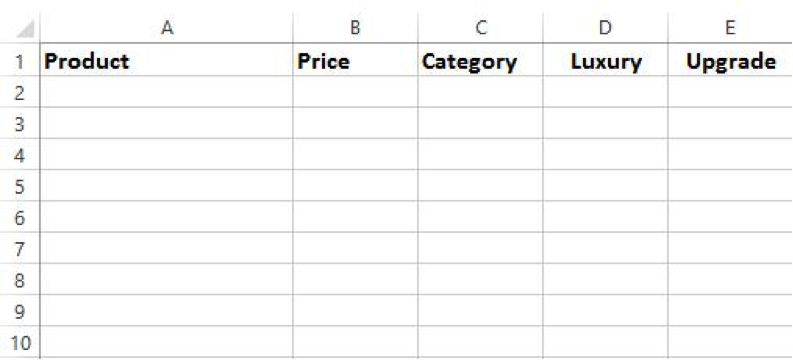
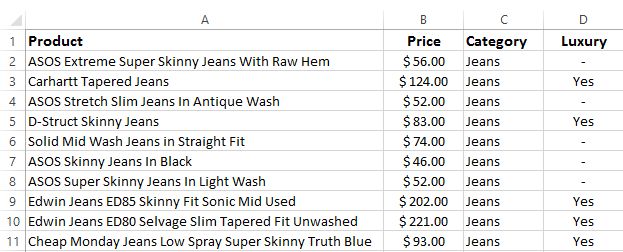
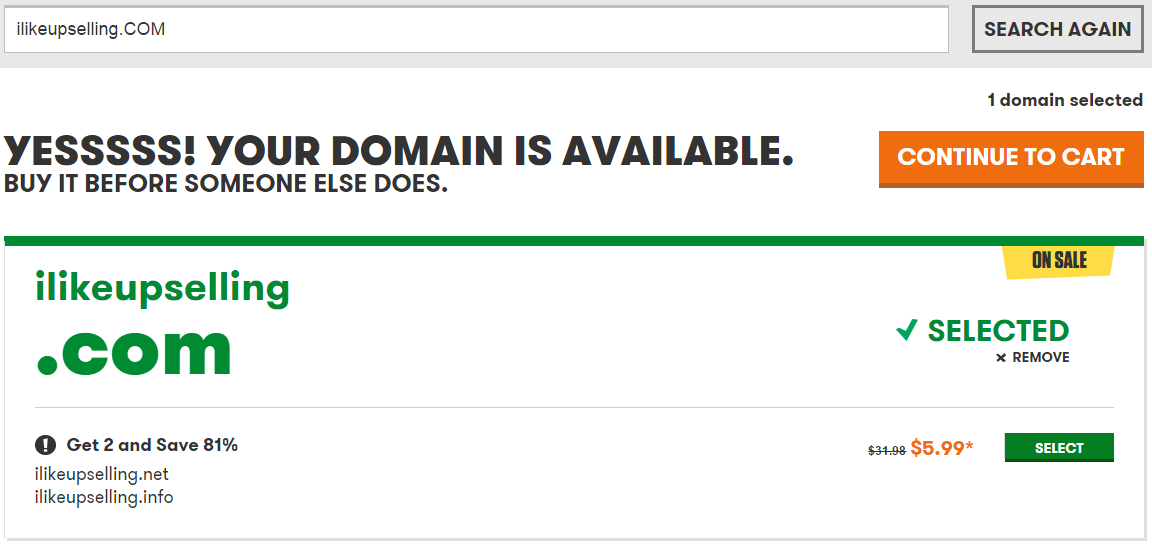
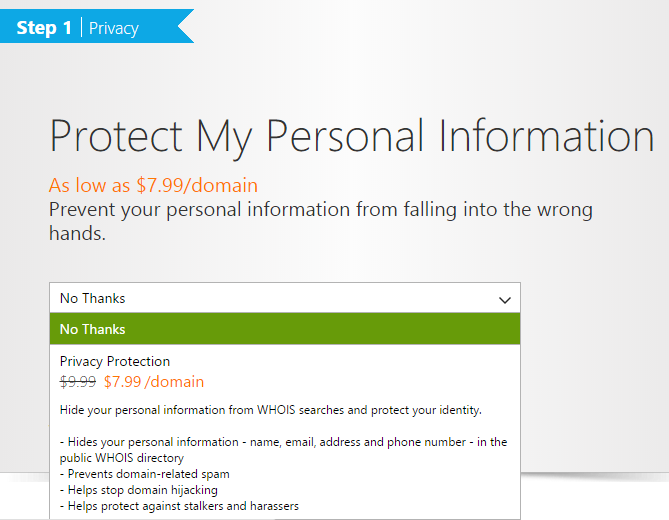
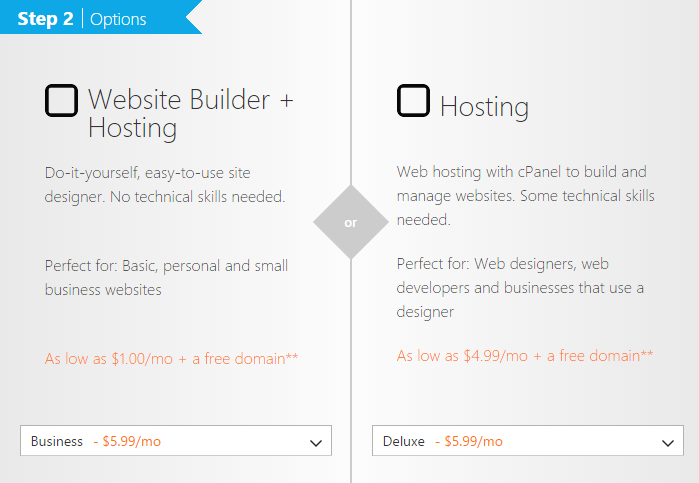
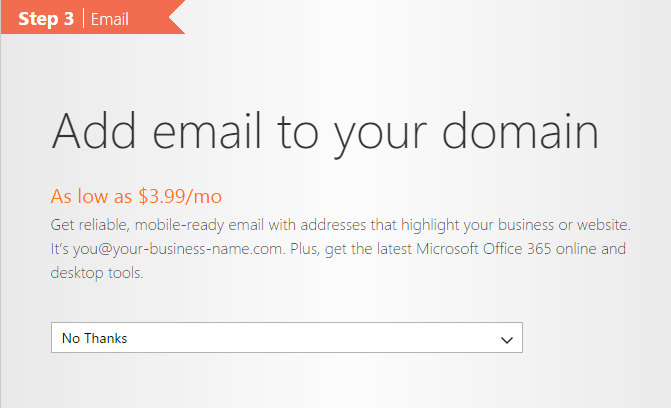

Comments (6)